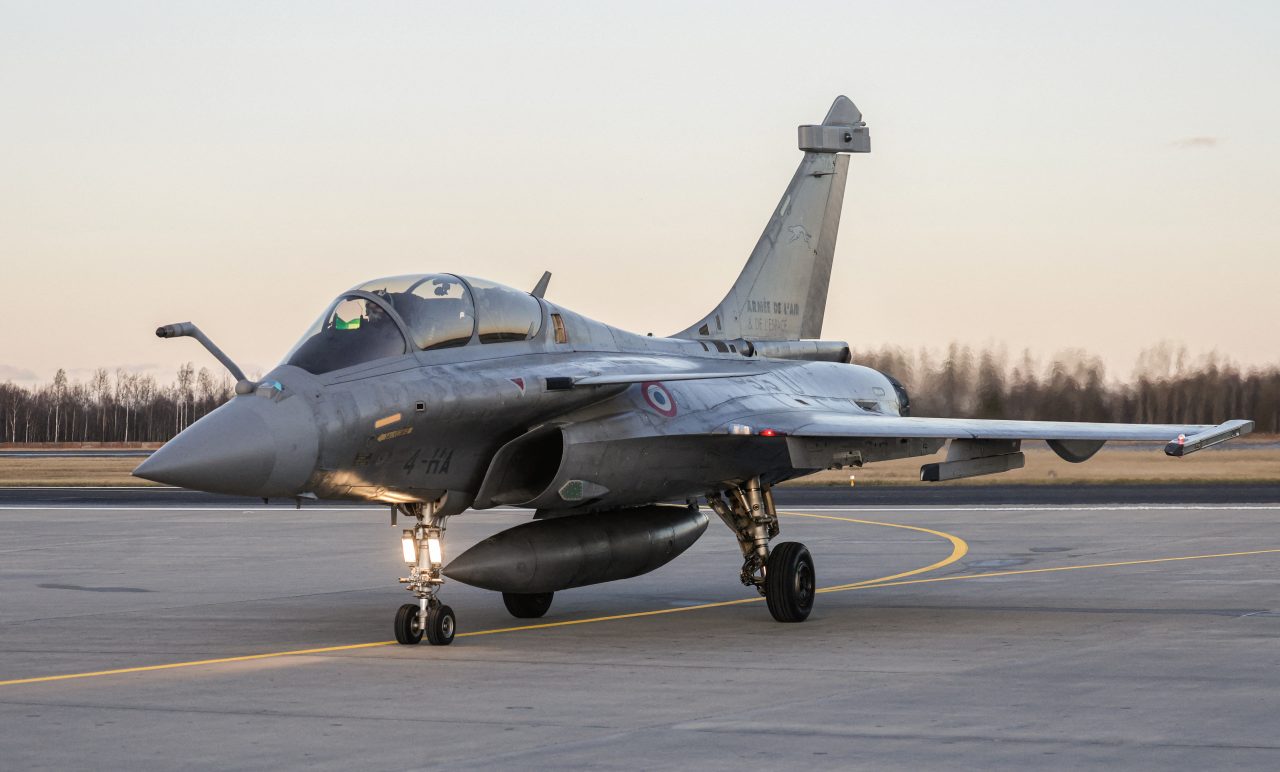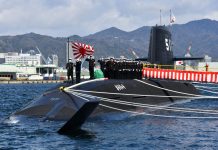The Indian Air Force (IAF) Rafale fighters have been in the eye of the storm since Pakistan claimed to shoot down three jets during the Indo-Pakistan clash in May 2025.
While India and the manufacturer, Dassault Aviation, have refrained from admitting any losses, the French Air Force Chief has deviated from the course and made an explosive revelation.
During the latest Indo-Pakistan clash that began on May 7 with India’s ‘Operation Sindoor,’ the Pakistan Air Force (PAF) claimed that it shot down five IAF fighter jets, including three Rafale, using PL-15E long-range missiles launched by the J-10C multi-role combat aircraft. The audacious claims were made without furnishing any evidence.
These claims, reiterated by Pakistan and amplified by its ally China, have since created a furore, with French officials making desperate attempts to save their most exported military platform from reputation damage that could hit buyer confidence.
However, in an unusual turn, General Jerome Bellanger, the French Air Force chief, stated that he had seen evidence indicating the loss of three Indian aircraft: a Mirage 2000, a Russian-made Sukhoi, and a Rafale, as reported by The Associated Press.
He added that this is the first-ever combat loss of Rafale, sold to eight countries. “Of course, all those nations that bought Rafales asked themselves questions,” Bellanger was quoted as saying.
This may also be the first high-level confirmation made by France since the claims were reported, aside from some anonymous claims.
Earlier, an unnamed high-ranking French intelligence official, cited by CNN, also hinted that Pakistan downed at least one IAF Rafale. The official noted at the time that French authorities were investigating whether additional Rafales had been lost but provided no details.
India has not specifically detailed its losses, only giving peripheral information. For instance, India’s defense attaché to Indonesia said last month that India lost some fighter jets on the opening day of the conflict due to initial restrictions imposed by the government on striking Pakistani military assets and only aiming for terrorist infrastructure.
Responding to claims that India lost three Rafales, one MiG-29, and a Sukhoi-30, Captain Shiv Kumar said, “I may not agree that India lost so many aircraft. But I do agree that we did lose some aircraft, and that happened only because of the constraint given by the political leadership to not attack the military establishments and their air defenses.”

Earlier, Chief of Defence Staff General Anil Chauhan had noted that “combat operations involve inevitable losses,” but he did not confirm whether these included Rafales or other aircraft.
The French Air Chief’s statement might put an end to this ambiguity. However, a French report, quoting Dassault Aviation Chairman and CEO Éric Trappier, stated that India had lost one of its Rafale fighter jets. However, the incident, currently under investigation, was attributed to a high-altitude technical failure rather than an enemy shootdown.
The report appeared on a French website, Avion De Chasse, saying the incident occurred “at an altitude of over 12,000 meters during an extended training mission, with no enemy involvement or hostile radar contact”.
Any loss of Rafales would be a significant setback for the Indian Air Force, which has acquired only 36 of these and is facing an overall depletion in its fighter jet squadron strength. However, the EurAsian Times understands that even if India suffered the loss of a Rafale, the heavy damage inflicted on Pakistan might have been overshadowed by the widespread anti-Rafale campaign.
Pakistan Suffered A Setback
IAF’s Air Marshal AK Bharti said at a briefing during the hostilities that India shot down several Pakistani warplanes, preventing them from entering the country’s airspace. “Their planes were not allowed to fly over our border,” he said. “We definitely shot down several planes, and they have suffered losses on their part.”
Indian observers, experts, and dedicated military watchers have said that this four-day campaign crippled Pakistan’s aerial capabilities and decimated key command centers.
According to India’s “unofficial” version, Pakistan appears to have lost three JF-17 Thunders, two Mirage III/V variants, one F-16 Block 52, and one C-130 Hercules transport aircraft.
Additionally, Pakistan also allegedly lost two high-value surveillance aircraft. An Indian S-400 air defense system reportedly downed a Pakistan Air Force’s Saab Erieye-2000 flying radar. Pakistan lost another Saab Erieye-2000 in an Indian missile strike on Pakistan’s Bholari Air Base, as confirmed by PAF’s ex-Air Marshal.

It is worth highlighting that an AEW&CS aircraft is considered crucial as it provides real-time surveillance, command, and control over large areas. Its powerful radars can detect warplanes, missiles, and even drones at long ranges, providing critical situational awareness that ground-based radars may struggle to match.
If that was not all, the PAF also reportedly lost a C-130 Hercules aircraft in an Indian drone strike in Pakistan’s Punjab region, potentially at Nur Khan airbase. As noted by Group Captain MJ Vinod Augustine for the EurAsian Times, “Loss of a heavy-lift transport aircraft during operational tempo drastically reduced Pakistan’s ability to reposition personnel and emergency supplies.”
Additionally, over 15 Pakistani unmanned combat aerial vehicles (UCAVs), including Chinese Wing Loong drones, were destroyed in airspace interceptions and base attacks.
China Launched Rafale Slander Campaign
French military and intelligence officials have recently accused China of using its embassies to discredit the Rafale to drive sales of the J-10C, which it has positioned as a cost-effective alternative.
According to French intelligence findings, defense attachés in China’s foreign embassies spearheaded an effort to sabotage Rafale sales by trying to convince nations that have already ordered the French-made fighter—most notably Indonesia—not to place additional orders and to entice other prospective purchasers to select Chinese-made aircraft.
“The Rafale was not randomly targeted. It is a highly capable fighter jet, exported abroad and deployed in a high-visibility theater,” the Defense Ministry wrote on its website. “The Rafale was also targeted because it represents a strategic French offering. By attacking the aircraft, certain actors sought to undermine the credibility of France and its defense industrial and technological base. The disinformation campaign, therefore, did not merely target an aircraft, but more broadly a national image of strategic autonomy, industrial reliability, and solid partnerships.”
As previously noted by the EurAsian Times, French exports are mainly driven by Rafale. The aircraft has been the mainstay of France’s military arsenal for over twenty years and has become a highly sought-after asset. The sale of Rafales supports the French efforts to improve relations with other countries, particularly in Asia. Experts believe that China is attempting to undermine these efforts, limit French influence in the Indo-Pacific, and utilize it as a stepping stone to advance its position in the export market.
French intelligence officials claim that the campaign used artificial intelligence (AI)-generated information, video game depictions to mimic alleged fighting, edited photos depicting purported Rafale debris, and viral social media posts. According to French experts who focus on online disinformation, over 1,000 social media profiles that were created when the Indo-Pakistan conflicts broke out also propagated a narrative of Chinese technological dominance.
Responding to these allegations, the Ministry of National Defense in Beijing said: “The relevant claims are pure groundless rumors and slander. China has consistently maintained a prudent and responsible approach to military exports, playing a constructive role in regional and global peace and stability.”
- Contact the author at sakshi.tiwari9555 (at) gmail.com
- Follow EurAsian Times on Google News




